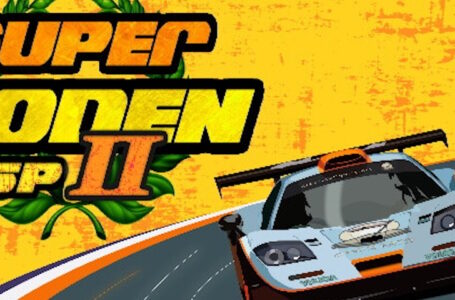The Radio Station is Chilla’s Art’s most unsettling game to date
The Radio Station is the latest release from the game developing siblings Chilla’s Art — and a title which has been popular on the VTuber circuit in recent weeks.
We love Chilla’s Art’s horror games here at Rice Digital, if that wasn’t already abundantly clear from the number of articles we’ve published on them. Their blend of classic retro aesthetics with intriguing narratives and excellent environmental design makes them some of the best short-form horror games around — and The Radio Station is no exception to this. In terms of atmosphere, I’d go so far as to say this is one of their best games to date, barring a couple of easily fixed issues.
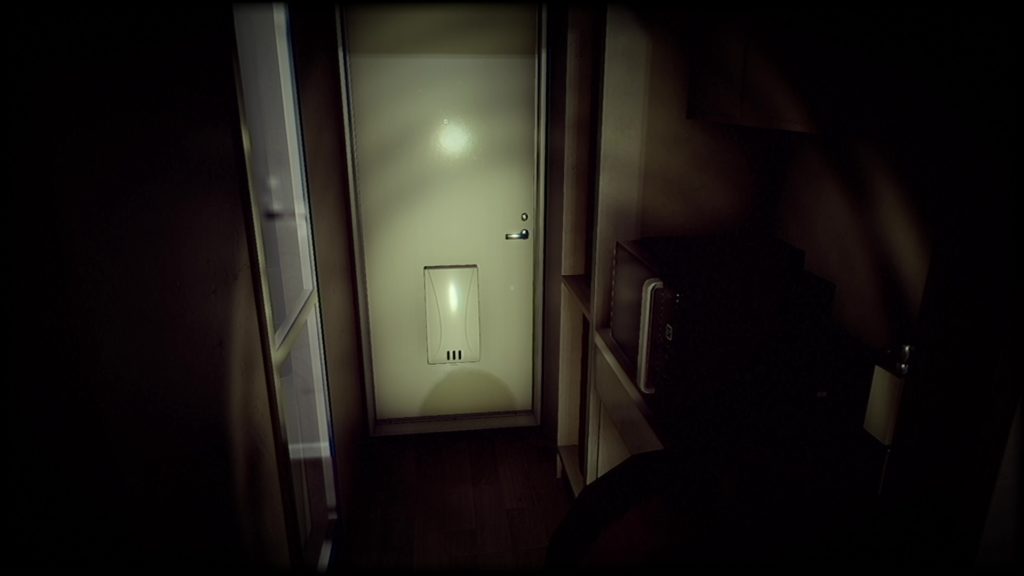
In The Radio Station, you take on the role of an initially unnamed protagonist who reveals that his brother Masaki has died. The circumstances of Masaki’s death were, apparently, rather unclear, and the police have given up on the investigation, believing it to be a suicide. Our hero knows better, however; he knows that his brother was a cheerful light of positivity who, despite hosting a nightly horror-themed show on the local radio station, always had a smile on his face and showed no indication whatsoever that he was struggling.
That’s our cue to start investigating, then, and we’re not given a lot to go on to begin with; we join the action in the protagonist’s apartment, with a flashlight on the floor, a car key on the table and a note indicating that the key to the radio station is “in the house’s mailbox”.
Unusually for a Chilla’s Art game, getting around in The Radio Station is primarily done by car — or rather, beaten-up old truck. Like the rest of the game, the driving sequences unfold from first-person — though you do at least have access to a map that indicates the major locations in the game’s little “world” that you might want to explore.
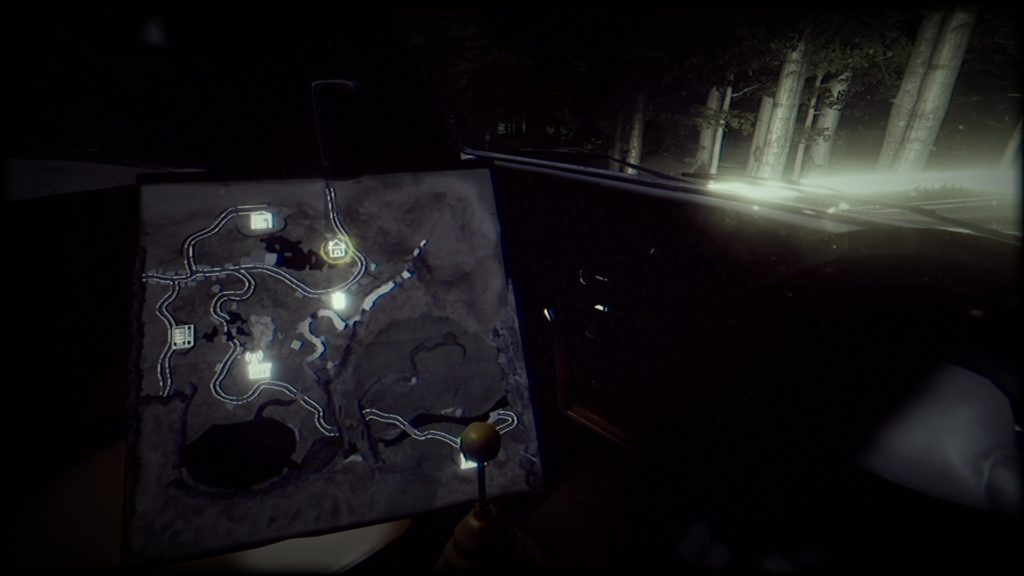
The driving sequences aren’t brilliant or anything — controlling the car with the digital inputs of the keyboard is a bit awkward — but Chilla’s Art made the wise decision to make the vehicle you’re driving rather slow, meaning that you won’t find yourself feeling particularly “out of control” on the twisty rural Japanese roads of the game’s setting.
It’s also a nice touch that the map is actually part of the “scenery” in the car; in other words, in order to read it, you actually have to use the mouse to glance over at where you’ve propped it up in the passenger seat. This adds to the immersiveness — and also provides the potential for a few scares while you’re not watching the road.
In fact, quite a few of The Radio Station’s scares come while you’re driving the car. I won’t spoil the details of them for you right now, but suffice to say if your vehicle appears to be behaving strangely at any point, be sure to steel yourself before you look around to see what the problem might be. Also watch out for wildlife — you are in the depths of the countryside, after all.
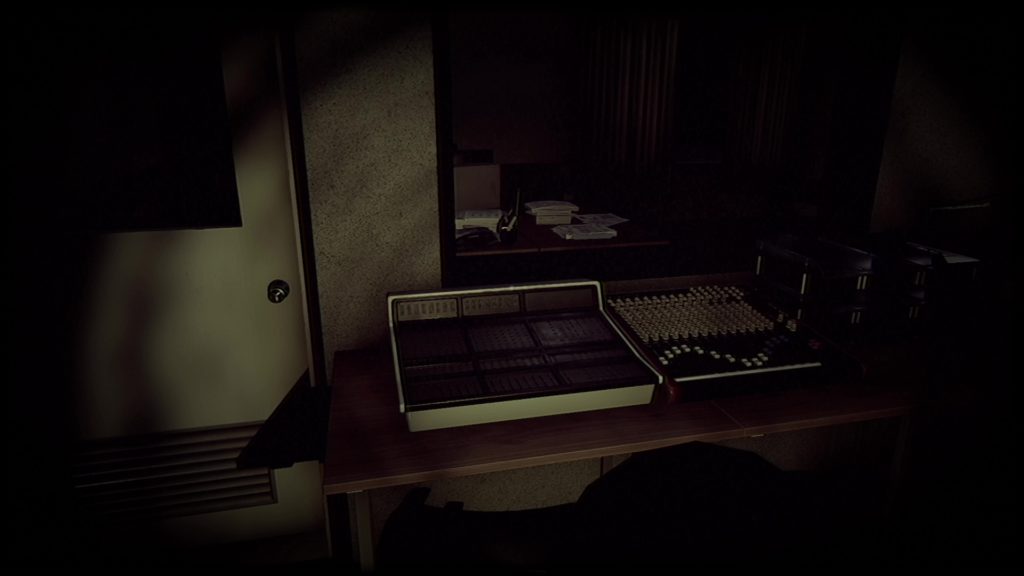
Parking up or careening awkwardly into one of the main “interactive” locations causes you to get out of the car automatically, and more traditional exploration-based Chilla’s Art gameplay takes centre stage.
Once you’ve figured out how to actually get into the titular radio station, your main task for the game as a whole is to track down seven cassette tapes that, you discover, feature Masaki’s last few broadcasts from the radio station. It seems that he was continually contacted by a young woman named Toko, who had a variety of interesting — and often oddly heartwarming — ghost stories to share, but from there… well, you’ll have to find out for yourself.
As you might expect, these tapes are scattered all over the bloody place, and more often than not the game trusts you enough to indulge your own curiosity rather than explicitly telling you where to go. There are no waypoints or objective markers in this game, so if you find yourself stumped as to what to do next, your best advice is usually to go and check out one of the other locations on the map and see if there’s anything you can interact with.
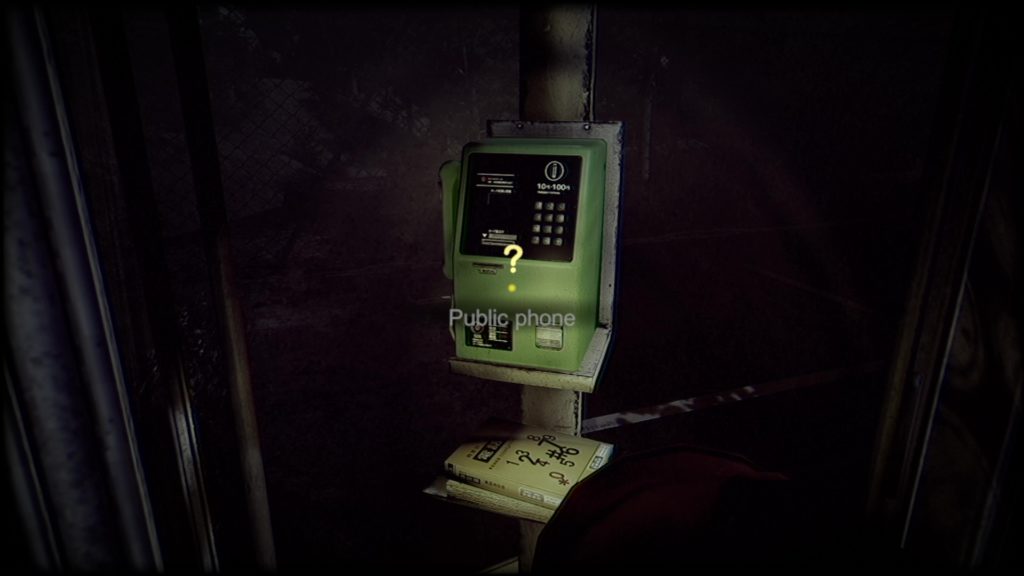
Chilla’s Art has experimented with different ways of making interactive objects clear to the player without compromising the overall atmosphere of the game, and in the case of The Radio Station they’ve made use of simple yellow question marks floating above the items in question. This strikes a good balance between being clear and not being too obtrusive; you can see immediately when you enter a new location that there are things you will be able to do something with, but there’s also plenty of incentive to look around and admire the scenery.
Although, as usual, the game is built with visuals reminiscent of classic PS2 titles such as Konami’s Silent Hill series, there’s plenty of detail in the environments, making them feel distinctly “lived-in” and used. There are also plenty of hidden details to find, too; one of the key items you’ll stumble across in your investigations is a UV flashlight, which helps reveal hidden information on several occasions throughout the game.
While Chilla’s Art describes The Radio Station as a “walking simulator”, there’s actually a decent number of puzzles throughout the game’s short run time. Besides simply figuring out what you’re supposed to be doing at any given moment, there are a number of situations where you need to find an appropriate “solution” to a problem in order to progress — and it’s not always as simple as “use the right item on the interactive hotspot”, though there are plenty of those, too.
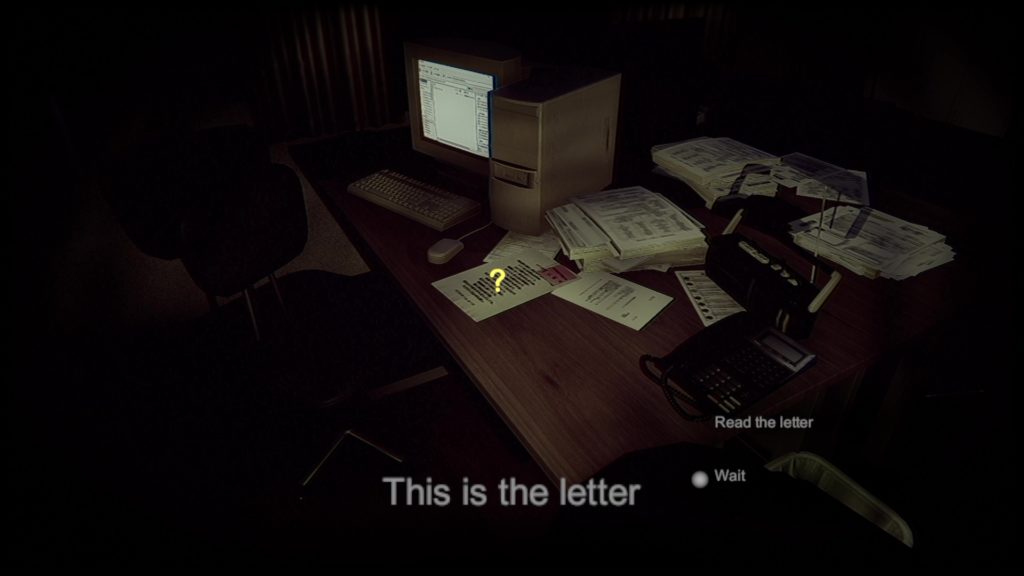
And, as always for Chilla’s Art games, there are several possible conclusions to The Radio Station according to the actions you take along the way, each offering a very different outcome to the situation as a whole. Ending 3, probably one of the “worst” ones, has a particularly interesting approach by depicting the aftermath of what happened as a 2ch.-style message board exchange — this shows a particularly keen eye for how the Internet loves a good mystery, but certain parts of the Internet are also fond of being a bit of a dick to other people, too.
Where The Radio Station really excels is in its sense of atmosphere. Its environmental design and overall soundscape really drives home the loneliness of your investigation — and on more than one occasion some very clever audio tricks are used that will make you want to check if you’re hearing things in the game or in your own house. The whole thing really is genuinely unsettling — despite (or perhaps because of) the fact that very little is actually “happening” on screen most of the way through the game
There are a few situations in the game that could be described as “jump scares” but they’re not of the “ugly thing screaming in your face” variety — they’re more along the lines of “unexpected thing appearing for a split-second, leaving you wondering exactly what it was you just witnessed”. This fits well with the sort of mildly delirious late-night feel that the game is going for — and it really works in the overall mysterious context of the narrative as a whole.
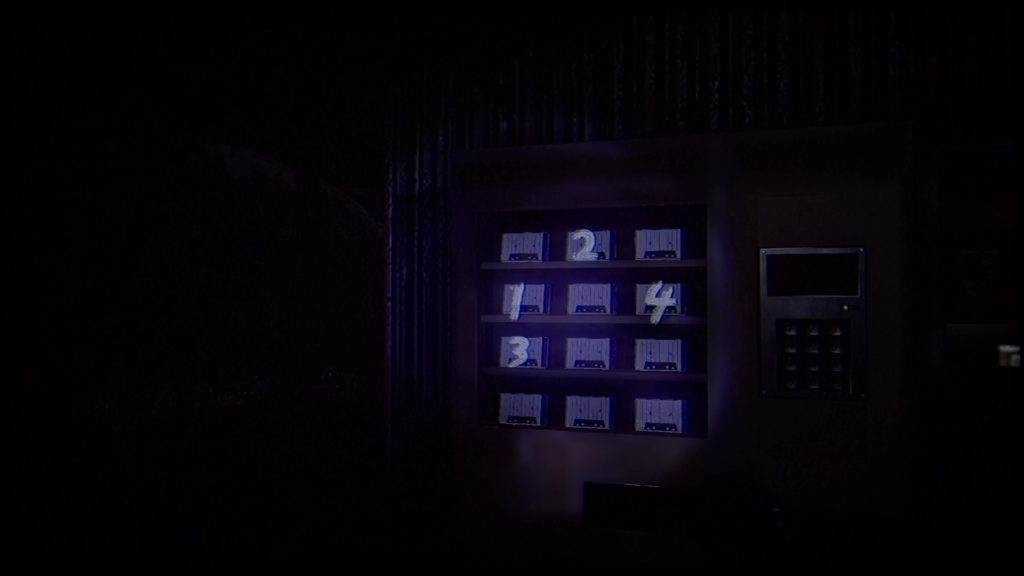
There are a few things that could do with a tweak or two at the time of writing. Most notably, the the pacing of the subtitles doesn’t match the Japanese speech at several points, and there are a few occasions where long lines pass by a little too quickly to comfortably read.
The game’s performance is also noticeably worse than some of Chilla’s Art’s previous titles — but this is a common complaint about their games shortly after their release, and they’re usually pretty good about patching both bugs and performance issues after launch. This is not a game where a solid 60fps really benefits the overall experience, of course — but there are sequences while driving in particular that are just a little too janky to be comfortable at times, even on a reasonably well-equipped rig.
If you’ve been following Chilla’s Art’s work from the beginning and want more, The Radio Station is a good addition to your collection. And if you’re yet to try them for yourself, it’s as good a place to start as any — the pair’s “walking simulator”-type games are a tad easier to get into than their more “survival”-style games such as Aka Manto and Yuki Onna — so why not forego a cup of overpriced coffee for today and spend an hour or so finding the truth behind The Radio Station?
The Radio Station is available now for PC via Steam. If you enjoy the work of Chilla’s Art and want to support them, you can do so via their Patreon page — supporters get the opportunity to appear in future games!
Join The Discussion
Rice Digital Discord
Rice Digital Twitter
Rice Digital Facebook
Or write us a letter for the Rice Digital Friday Letters Page by clicking here!
Disclosure: Some links in this article may be affiliate links, which means we may earn a small commission if you make a purchase after clicking on them. This is at no additional cost to you and helps support Rice Digital!
- Letter from the Editor: passing the torch - June 30, 2023
- Super Woden GP 2 is looking promising - June 30, 2023
- Inti Creates is making a 32 bit-style Love Live action platformer - June 26, 2023





